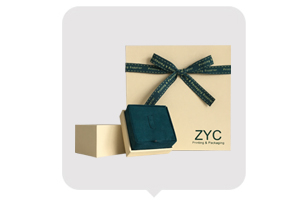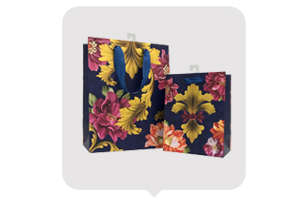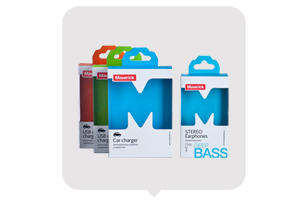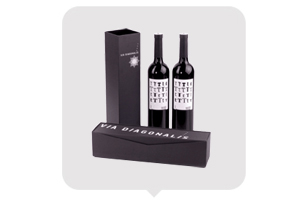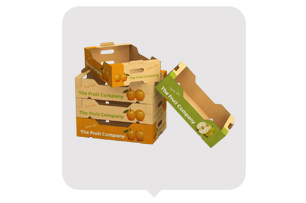The design of packaging boxes plays a crucial role in attracting customers, protecting products, and promoting sustainability.
In recent years, there has been a shift towards a human-centered approach in designing packaging boxes. This approach focuses
on meeting the needs of consumers while considering environmental factors. This paper explores the latest design concepts,
material choices, structural considerations, and the selection of packaging materials for creating human-centered packaging boxes.
1. Design Concepts:
In the human-centered approach, the design of packaging boxes reflects the preferences, values, and behaviors of the target customers.
The design should evoke emotions, create a memorable experience, and align with the brand identity. Simple and minimalist designs
are gaining popularity as they convey a sense of elegance and promote eco-friendliness. Incorporating elements of nature or using
vibrant colors can evoke positive emotions and enhance the product's appeal.
2. Material Choices:
Sustainable and eco-friendly materials are at the forefront of human-centered packaging box design. The use of biodegradable, recycled,
and recyclable materials reduces the environmental impact. Bio-based plastics, such as PLA, offer a viable alternative to traditional plastics.
These materials can be composted or recycled, reducing waste and promoting a circular economy. Additionally, selecting lightweight
materials helps in reducing transportation costs and carbon emissions.
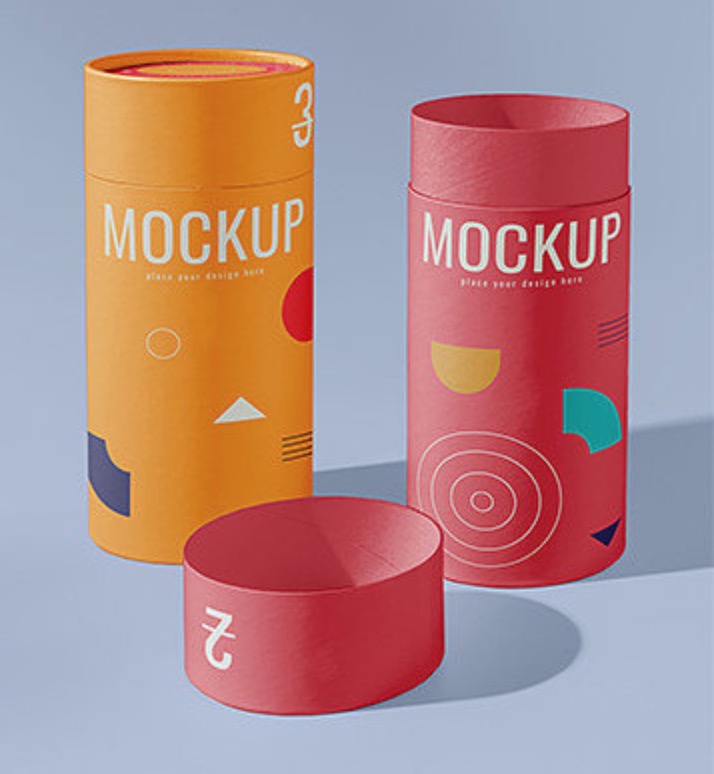
3. Structural Considerations:
The structural design of packaging boxes should ensure both functionality and aesthetic appeal. Intuitive opening and closing mechanisms,
such as magnetic or reusable closures, enhance user experience and usability. Furthermore, incorporating modular designs allows for easy
disassembly and reassembly, facilitating recycling and reducing waste. Attention should also be given to the box's robustness, ensuring it
provides adequate protection to the packaged product.
4. Selection of Packaging Materials:
The choice of packaging materials should be based on the product's characteristics, protection requirements, and sustainability goals. For fragile
products, cushioning materials like molded pulp, corrugated cardboard, or air-filled bags can offer adequate protection. For food products,
food-grade materials and barrier coatings should be utilized to maintain freshness and safety. Moreover, printed and laminated packaging papers
can enhance the visual appeal and communicate brand messaging effectively.
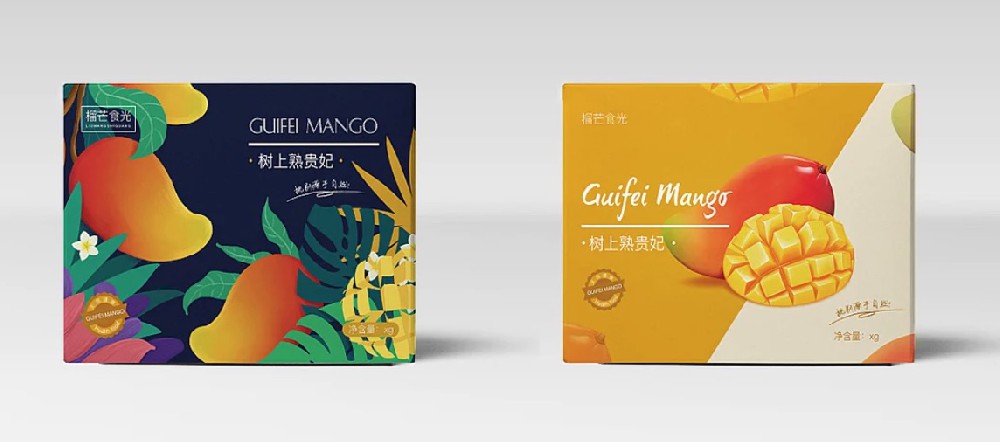
Conclusion:
The human-centered approach to packaging box design emphasizes the importance of understanding and meeting the needs of consumers while
considering sustainability. By incorporating design concepts that resonate with customers, using eco-friendly materials, optimizing structural considerations,
and selecting appropriate packaging materials, packaging boxes can enhance the overall product experience. This approach not only contributes to
sustainable practices but also strengthens brand loyalty. As design evolves, it is imperative for designers and manufacturers to embrace this approach,
contributing to a more sustainable and consumer-focused future.
In conclusion, the human-centered approach to packaging box design provides a framework for creating innovative and sustainable packaging solutions.
By prioritizing the needs and preferences of consumers, designing visually appealing structures, and making environmentally conscious material choices,
packaging boxes can foster a positive user experience while minimizing their impact on the environment. Embracing this approach will not only benefit
businesses but also contribute to a more sustainable future.
